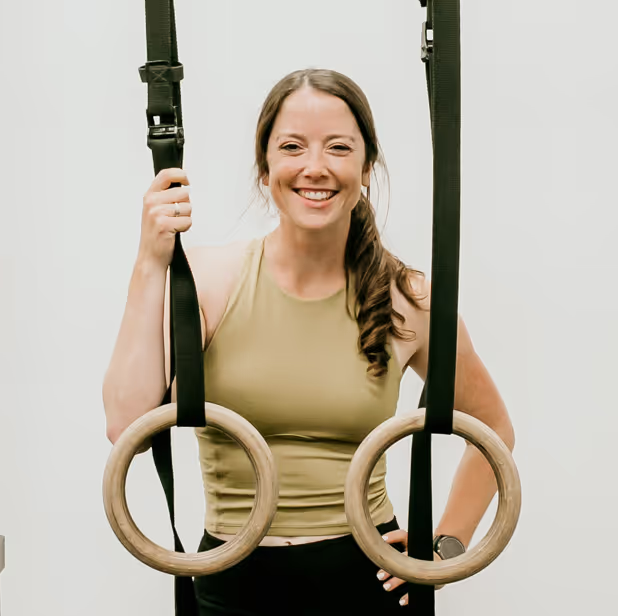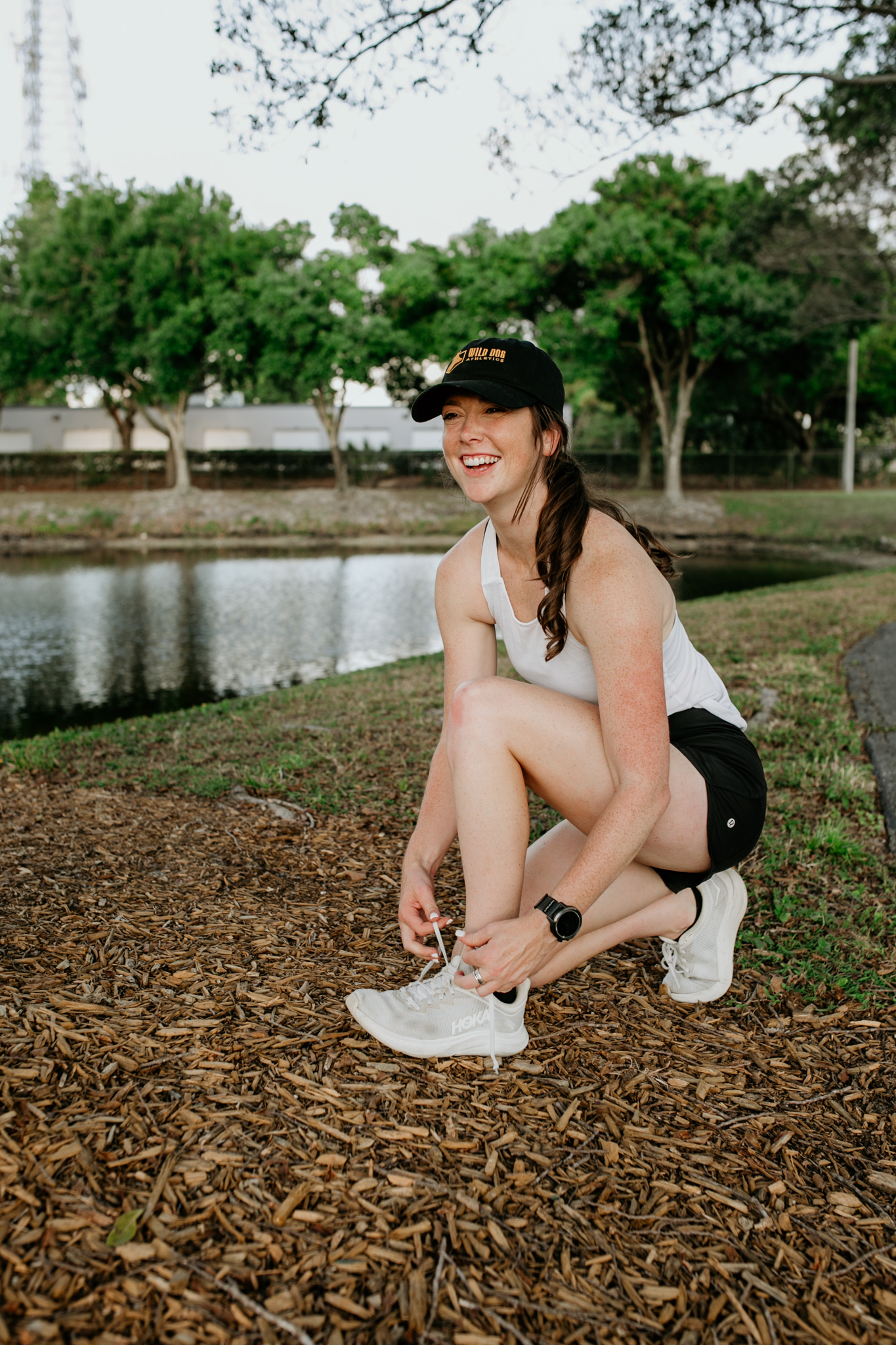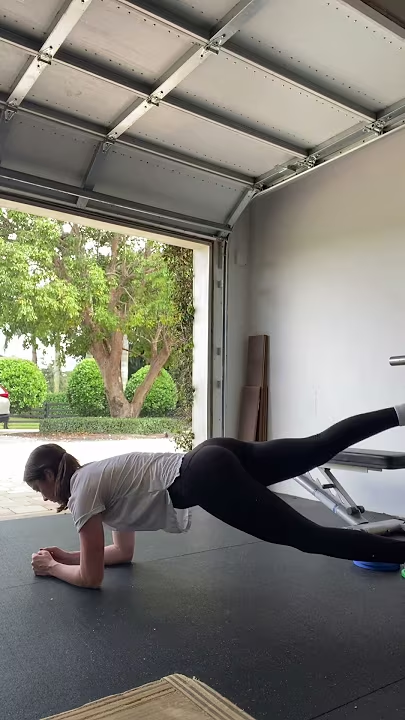When building a sport specific strength and conditioning program, all of the demands of the sport must be considered to properly prepare the athlete to perform at his or her best. This includes the obvious mobility, strength, power, and speed demands - but it also includes cognitive demands - like the ability to focus and execute under pressure and nerves.
The cognitive demand of being able to perform skillfully under pressure is most apparent in sports where the competitive success of the athlete is highly dependent on technical execution, vs. pure physicality, i.e - the equestrian disciplines, fencing, archery, golf, and tennis. These sports require not just a physically fit and capable athlete, but an athlete who can meet the physical demands with accurate timing, positioning, and decision making.
When the pressure is on and the nerves are kicking in, the body becomes physically heightened - heart rate increases, body temperature increases, and respiration rate increases. In this dual emotional/physical state, it can be difficult to maintain the focus and composure needed to technically and cognitively execute at the highest possible level.
It would serve athletes of high skill sports well to directly train the ability to technically execute in this physically heightened state, vs. simply hoping for the best on competition day. This can be incorporated into a strength and conditioning program by working on conditioning circuits that require an athlete to perform exercises that first get their heart rate, respiration, and body temp up - like ball slams, bike sprints, sled pushes - followed immediately by exercises that require focus and coordination - like agility work through ladders or cones, throwing and catching exercises, or balance work.
The choice of exercises is at the discretion of the coach, based on what would be most useful for the athlete, the time of year, and the goals of the training block.





